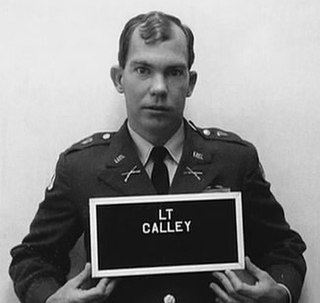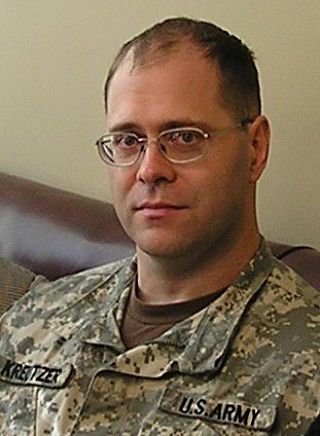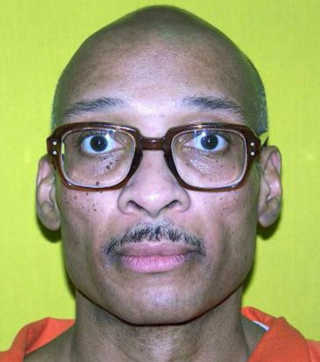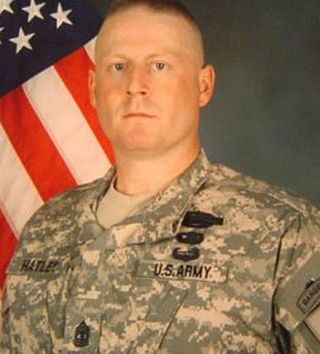Court-martial


In 2005, Akbar, the sole suspect, was tried by court martial at Fort Bragg, North Carolina, before a military jury of nine officers, ranking from Major to Colonel, and six senior non-commissioned officers. The jury was composed of thirteen men and two women. Although Akbar confessed to the crimes, his lawyers claimed during the 2005 trial that he had a history of mental illness which was known to the military. [4]
Background accounts of Akbar's life suggested previous difficulties in adjusting to university and to the military. [4] His father John Akbar was reported by the Associated Press as saying that his son had told him of complaining to superiors about "religious and racial harassment." [4] The defense did not produce any witnesses at his court martial related to this assertion. [4]
Akbar's superiors considered his performance in the Army substandard. While assigned to the 326th Engineer Battalion, he was demoted from a squad leader position and given lower-level tasks. Fellow soldiers said that Akbar was isolated, "rarely in the company of others and was seen talking to himself." [7] In Akbar's early years with the unit, superiors had noted the sergeant had "an attitude problem". [4] Military officials attributed Akbar's motive in the immediate case to resentment. [11] Akbar was reported as having been recently reprimanded for insubordination, and was told he would not join his unit's push into Iraq. Excerpts from his diary have been released. In an entry dated February 4, 2003, Akbar referred to mistreatment by his fellow soldiers:
- "I suppose they want to punk me or just humiliate me. Perhaps they feel that I will not do anything about that. They are right about that. I am not going to do anything about it as long as I stay here. But as soon as I am in Iraq, I am going to try and kill as many of them as possible." [12]
In another entry written before the attack, Akbar wrote, "I may not have killed any Muslims, but being in the army is the same thing. I may have to make a choice very soon on who to kill." [12] Prosecutors alleged in the court martial that his diary entries, together with his actions of stealing hand grenades and turning off the generator that lit the camp, showed that the attack was premeditated. His conviction on these charges led to the death sentence.
His military defense attorneys said that Akbar was diagnosed with psychiatric problems at the age of 14. He had suffered worsening symptoms in the military, which included "paranoia, irrational behavior, insomnia and other sleep disorders," making it impossible for him to do his job. [5] During his court martial, Akbar tried to explain his actions: he said he felt his life was "in jeopardy" and he had "other problems". [4] At one point during his trial, Akbar smuggled a sharp object out of a conference room. He asked the military policeman guarding him to remove his hand cuffs so he might use the restroom. When the MP removed the restraints, Akbar stabbed the MP in the shoulder and neck before being wrestled to the ground by another MP. [13] The presiding judge did not allow this attack to be admitted as evidence prior to sentencing. [13] [14]
On April 21, 2005, Akbar was found guilty of two counts of premeditated murder and three counts of attempted premeditated murder. [15] He was sentenced to death on April 28 after the jury deliberated for approximately seven hours. [16]
On November 20, 2006, Lieutenant General John R. Vines, commander of the XVIIIth Airborne Corps, affirmed the death sentence against Akbar. Under an automatic appeal because of the sentence, the case was forwarded to the Army Court of Criminal Appeals, which upheld the sentence on July 13, 2012. Afterwards, the case was automatically appealed to the United States Court of Appeals for the Armed Forces, which also upheld the conviction and sentence. Akbar had a final right of appeal to the United States Supreme Court, which denied certiorari on October 3, 2016. [17] Absent a new appeal, Akbar's appeals are exhausted and his conviction and sentence stand. The next step in his case requires the President of the United States in his role as Commander in Chief to order the execution to take place, which is currently done by lethal injection. [18] Akbar continues to be confined at the United States Disciplinary Barracks awaiting disposition of his sentence. [19] [ needs update ]













